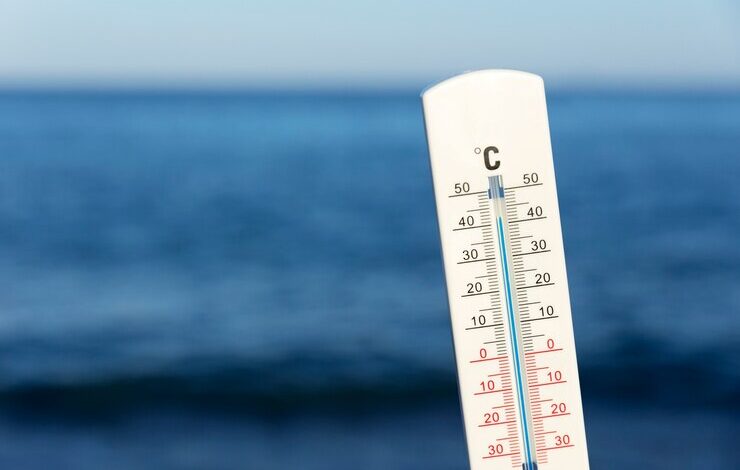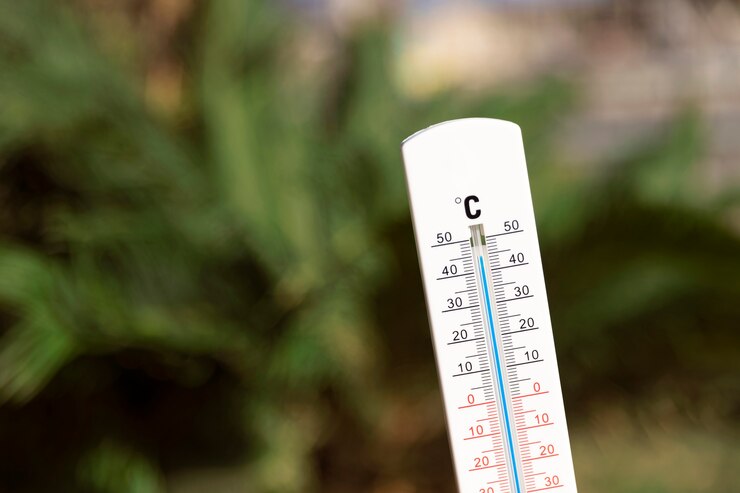Converting 10 Celsius to Fahrenheit: A Comprehensive Guide

Introduction
Understanding temperature conversion is a vital skill, especially in today’s interconnected world, where Celsius and Fahrenheit are used in different contexts and regions. Whether you’re planning a trip, preparing a meal, or simply curious about weather conditions, knowing how to convert temperatures can be incredibly useful. This article will explore the conversion of 10 degrees Celsius to Fahrenheit, the history and usage of these temperature scales, and practical applications of temperature conversion in daily life.
The Basics of Temperature Scales
Before diving into the conversion process, it’s essential to understand the two primary temperature scales: 10 celsius to fahrenheit.
Celsius (°C)
The Celsius scale is part of the metric system and is widely used across the globe. Named after Swedish astronomer Anders Celsius, this scale is based on the freezing and boiling points of water. The freezing point is defined as 0°C, while the boiling point is set at 100°C at standard atmospheric pressure. Celsius is commonly used in scientific contexts and is the standard for most countries, making it the preferred scale for weather forecasts and temperature measurements in many regions.
Fahrenheit (°F)
In contrast, the Fahrenheit scale is primarily used in the United States and a few Caribbean nations. Developed by Daniel Gabriel Fahrenheit in the early 18th century, this scale defines the freezing point of water at 32°F and the boiling point at 212°F. The Fahrenheit scale was created to provide a more precise temperature measurement for everyday use, particularly in weather forecasting and household applications.
The Conversion Formula
To convert Celsius to Fahrenheit, you can use the following formula:°F=(°C×95)+32°F = (°C \times \frac{9}{5}) + 32°F=(°C×59)+32
Breakdown of the Formula
- Multiply by 95\frac{9}{5}59: This part of the formula converts the Celsius temperature to a Fahrenheit equivalent based on the ratio of the two scales.
- Add 32: This adjustment shifts the baseline from the freezing point of water in Celsius (0°C) to that in Fahrenheit (32°F).
Converting 10 Degrees Celsius to Fahrenheit
Now that we have a clear understanding of the conversion formula, let’s apply it to convert 10 degrees Celsius to Fahrenheit.
- Insert the Celsius value into the formula:°F=(10×95)+32°F = (10 \times \frac{9}{5}) + 32°F=(10×59)+32
- Calculate the multiplication:10×95=10×1.8=1810 \times \frac{9}{5} = 10 \times 1.8 = 1810×59=10×1.8=18
- Add 32:°F=18+32=50°F = 18 + 32 = 50°F=18+32=50
Thus, 10 degrees Celsius is equal to 50 degrees Fahrenheit. This conversion is straightforward, but understanding its context can deepen your appreciation for temperature measurements.
Practical Applications of Temperature Conversion
Understanding temperature conversion is not just an academic exercise; it has real-world applications in various fields:
Cooking and Baking
Many recipes, especially those from the United States, use Fahrenheit as the standard temperature measurement. For example, if a recipe instructs you to bake something at 350°F, knowing how to convert that to Celsius (which is approximately 175°C) allows you to follow the recipe accurately. Accurate temperature settings are crucial for achieving the desired texture and flavor in baked goods.
Travel and Weather
Traveling to a country that uses Celsius can be confusing if you’re accustomed to Fahrenheit. For example, if the weather report states that it’s 10°C, understanding that this equates to 50°F can help you determine what to wear. This knowledge is particularly beneficial for outdoor activities and can enhance your travel experience.
Scientific Research
In scientific fields, temperature measurements are often critical. Research studies may report findings in Celsius, while others might use Fahrenheit. Accurately converting between the two can help facilitate clear communication and data interpretation among researchers and professionals.
Climate Awareness
As climate change becomes a more pressing issue, understanding temperature changes is vital. Weather reports often present temperatures in both Celsius and Fahrenheit, so knowing how to convert between the two can enhance your comprehension of climate data. This awareness can motivate individuals to take action to reduce their carbon footprint and advocate for environmental sustainability.
Understanding Temperature Perception
It’s important to note that temperature perception can vary based on cultural and environmental factors. For instance, while 10°C (50°F) may feel cool to someone from a warmer climate, it might be considered a comfortable temperature to someone from a colder region. This subjective experience can influence how people dress and prepare for different weather scenarios.
Cultural Variations
In regions where cold weather is common, such as Northern Europe, temperatures around 10°C are often seen as mild. Conversely, in tropical regions, temperatures even slightly below 20°C can feel chilly. This cultural context adds another layer to our understanding of temperature and how we experience it in our daily lives.

Historical Context of Temperature Scales
Both Celsius and Fahrenheit have interesting historical backgrounds that reflect the scientific advancements of their time.
Celsius Scale
The Celsius scale was developed by Anders Celsius in 1742. Initially, he defined his scale in reverse, with 0°C representing the boiling point of water and 100°C representing the freezing point. This was later inverted to the scale we use today. The Celsius scale gained acceptance due to its simplicity and ease of use in scientific contexts, eventually becoming the standard measurement in most countries.
Fahrenheit Scale
Daniel Gabriel Fahrenheit created the Fahrenheit scale in 1724. He initially based his scale on several reference points, including the freezing point of a saltwater solution and the human body’s temperature. Over time, the scale evolved, and Fahrenheit settled on the freezing and boiling points of water. Despite being less intuitive than Celsius, the Fahrenheit scale remains popular in the U.S., particularly in household contexts.
Conclusion
Converting temperatures from 10 celsius to fahrenheit is an essential skill that can enhance your understanding of weather, cooking, travel, and scientific research. The straightforward process of converting 10 degrees Celsius to 50 degrees Fahrenheit serves as a practical example of how these two temperature scales interact.
As you navigate the complexities of temperature measurement in different contexts, remember the importance of understanding not only the conversion process but also the cultural and historical significance of the Celsius and Fahrenheit scales. Whether you’re baking a cake, planning a trip, or studying climate data, knowing how to convert temperatures will empower you to make informed decisions and enrich your daily experiences.
Ultimately, temperature conversion is more than just a mathematical exercise; it’s a gateway to understanding the world around us, helping us appreciate the nuances of our environment and the diverse ways in which people experience temperature across the globe.